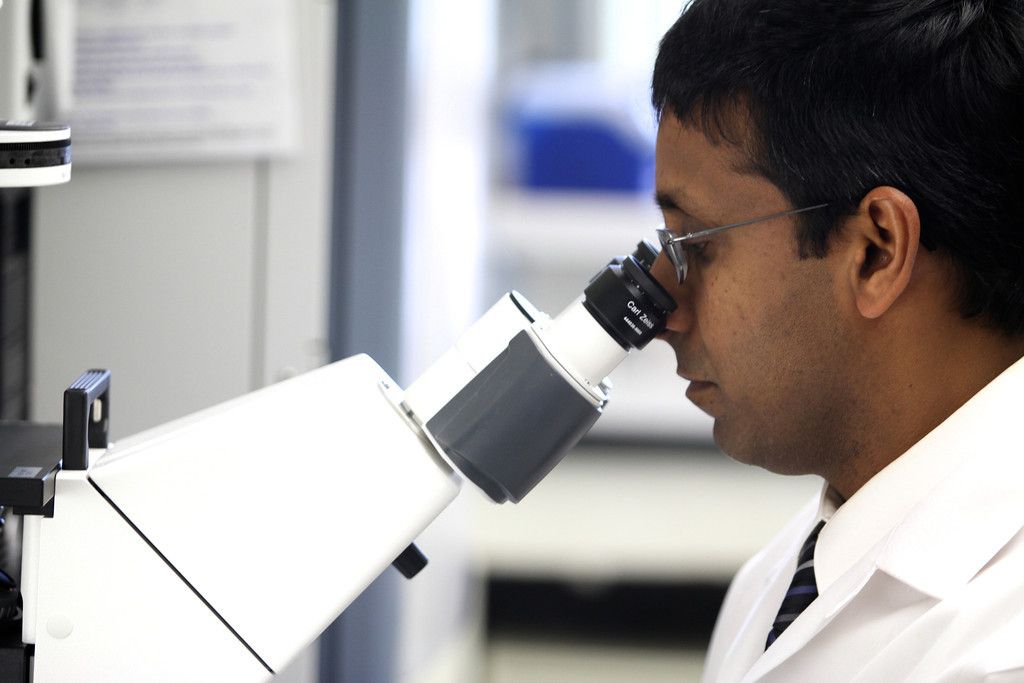Staging is the process used to find out if cancer has spread from the thymus to other parts of the body.
It is important to know the cancer stage in order to plan treatment. When cancer cells break away from the primary (original) tumor and travel through the lymph or blood to other places in the body, another (secondary) tumor may form. Different thymus cancer types are staged in a different way.
- Neuroendocrine tumors can be classified as low grade or high grade. Staging isn’t as important with neuroendocrine tumors as it is with other cancers. Unlike other cancers, patients can live a long time even with an advanced or Stage IV neuroendocrine tumor.
- Thymus carcinomas usually have spread to other parts of the body when diagnosed. The staging system used for thymomas is sometimes used for thymus carcinomas.
Thymomas are staged according to the following:
- Stage I: Cancer is found only within the thymus. All cancer cells are inside the capsule (sac) that surrounds the thymus.
- Stage II: Cancer has spread through the capsule and into the fat around the thymus or into the lining of the chest cavity.
- Stage III: Cancer has spread to nearby organs in the chest, including the lung, the sac around the heart, or large blood vessels that carry blood to the heart.
- Stage IV: Stage IV is divided into stage IVA and stage IVB, depending on where the cancer has spread.
- In stage IVA, cancer has spread widely around the lungs and heart.
- In stage IVB, cancer has spread to the blood or lymph system.
